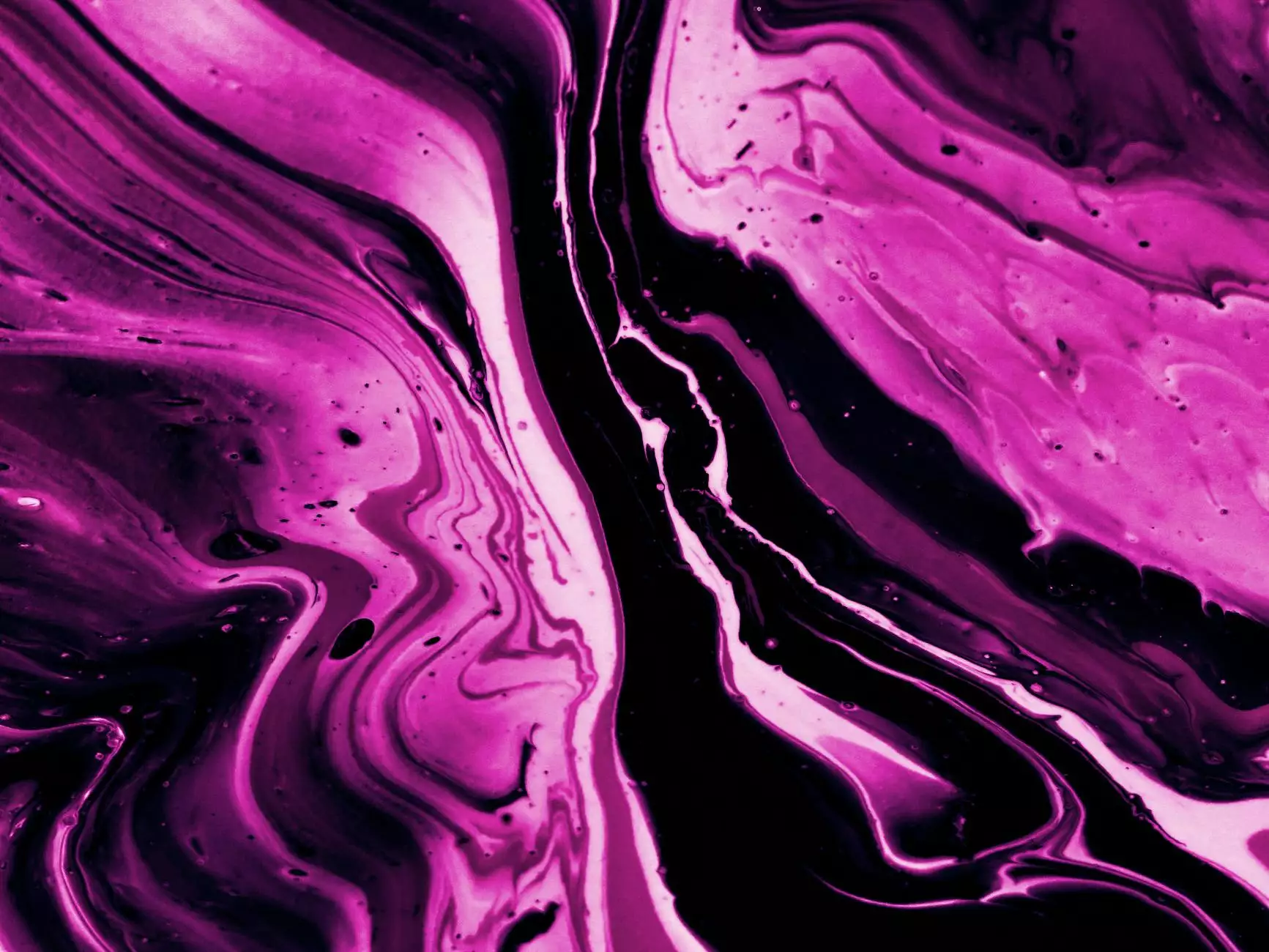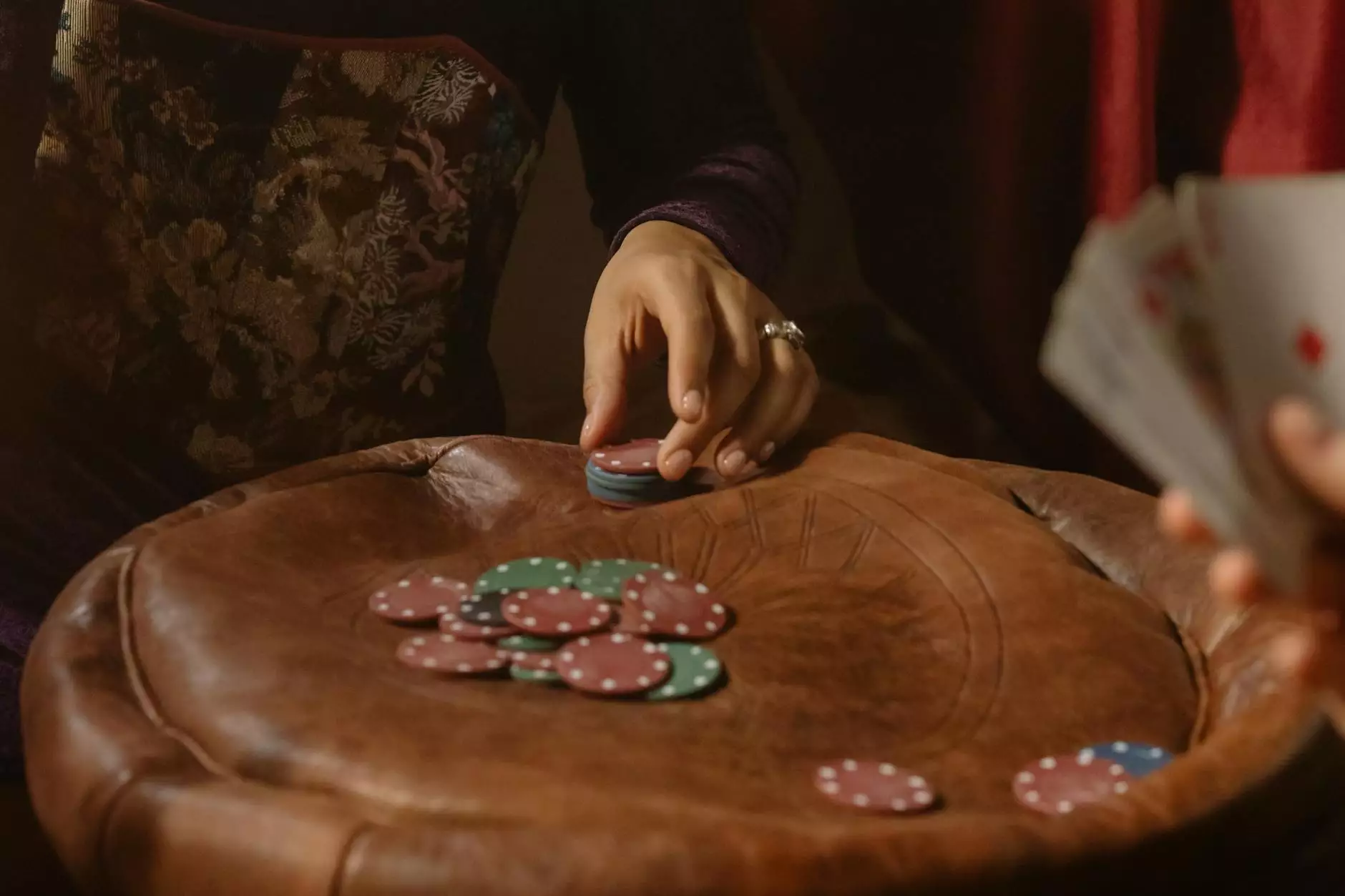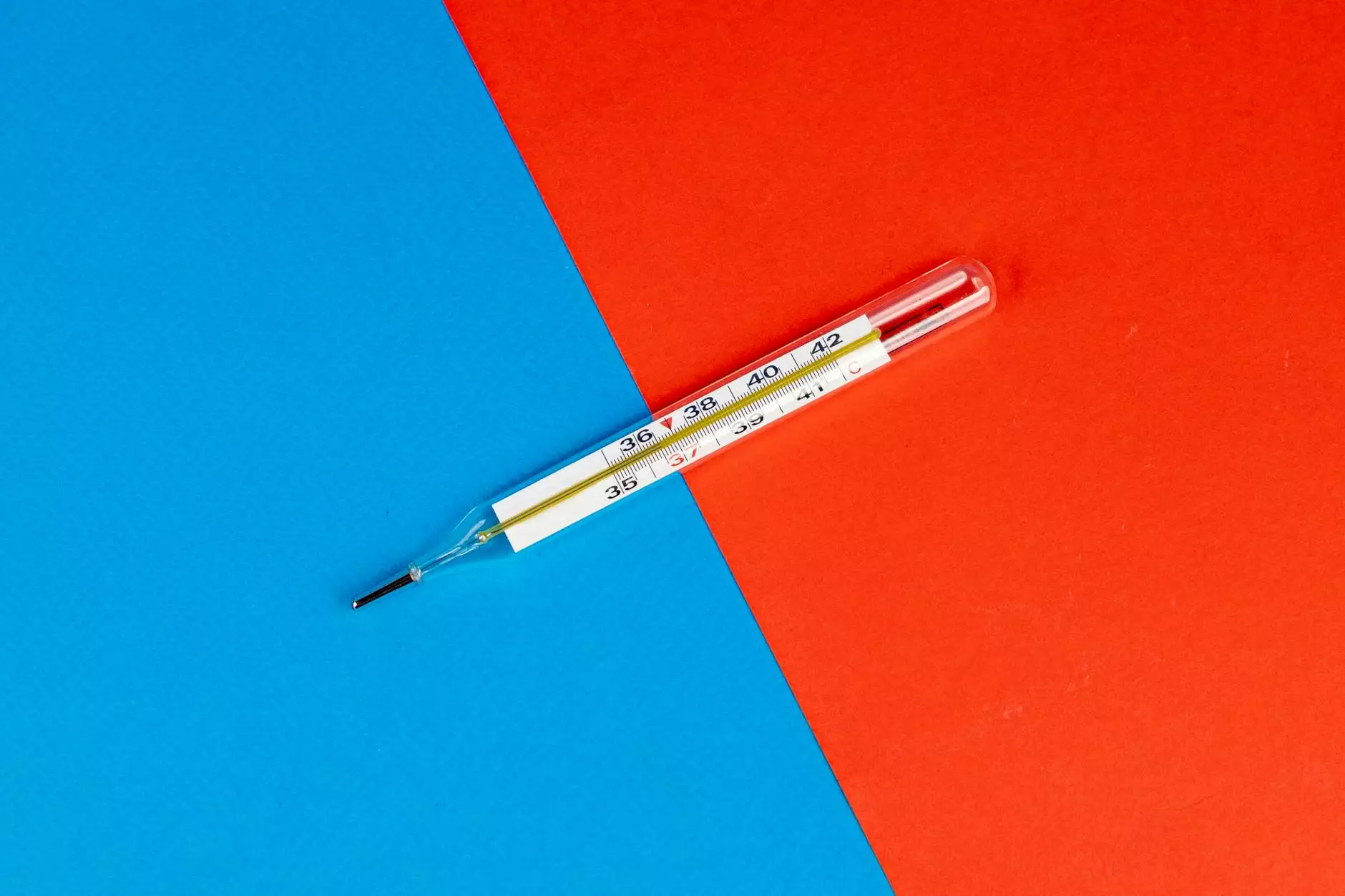Best Colors for Doctor's Office: Creating a Healing Environment

When designing a doctor's office, the selection of the right colors is essential for creating a welcoming and reassuring atmosphere for patients. The best colors for a doctor's office can significantly impact the patient's emotional state, influencing their perceptions of the care they receive. In this comprehensive article, we will delve into the psychology of color as it pertains to healthcare, explore various color options, and provide practical tips on implementation to improve your practice's environment.
The Psychology of Color in Healthcare
Understanding the psychology of color is crucial for healthcare professionals looking to enhance their practice. Colors can evoke emotions, influence moods, and even affect physiological responses. For instance:
- Blue: Often associated with calmness, trust, and stability, blue hues can help reduce anxiety and promote a sense of tranquility within a doctor's office.
- Green: Green symbolizes healing and renewal. It is a refreshing color that is easy on the eyes and can evoke feelings of balance and peace.
- Yellow: A bright and cheerful color, yellow can ignite positivity and energy. However, it should be used sparingly as too much can lead to anxiety.
- Nature-Inspired Colors: Earthy tones, such as browns and soft neutrals, can create a warm and inviting environment that reflects comfort and security.
Choosing the Right Color Palette
When selecting the best colors for a doctor's office, it’s essential to create a cohesive color palette that aligns with your medical specialty and the demographic of your patients. Here are some guidelines to consider:
1. Assess Your Patient Demographics
Understanding who visits your practice can inform your color choices. For example, pediatric offices may benefit from vibrant and playful colors to engage children, while geriatric practices might opt for softer hues to create a serene environment for older adults.
2. Consider the Type of Practice
The nature of your medical practice also plays a role in color selection. Here are tailored suggestions based on specific fields:
- Family Medicine: Warm colors like soft yellows and greens are inviting and can help make the entire family feel comfortable.
- Dental Offices: Light blues and soft grays can help create a calming effect that eases patient anxiety.
- Therapy Practices: Utilizing softer shades of green and lavender can enhance feelings of relaxation and emotional safety.
Popular Color Combinations
Once you have assessed your demographic and practice type, consider some popular color combinations that can create a harmonious atmosphere:
1. Blue and White
This clean combination offers a fresh, clinical feel that promotes trust and professionalism. It’s perfect for any medical office, providing a sense of safety and cleanliness.
2. Green and Earth Tones
By pairing soothing greens with natural earth tones, you create an environment that feels like a haven of healing. This combination works particularly well in practices that prioritize holistic health.
3. Yellow Accents with Neutral Tones
Using soft neutral colors as a base and incorporating yellow accents (like cushions or art) can stimulate positivity without overwhelming the senses.
Practical Applications of Color in Design
Applying color theory to your doctor's office goes beyond just painting walls. Here are some practical ways to integrate color into your space:
1. Walls and Ceilings
Painting the walls is the most direct application of color. Choosing warm tones for waiting rooms and calming hues for examination rooms can create distinct atmospheres that cater to various patient experiences.
2. Artwork
Selecting artwork that reflects your chosen color palette can enhance the environment. Look for pieces that incorporate your theme and foster a sense of calm or inspire joy.
3. Furniture and Decor
Choosing furniture in complementary shades can enhance the overall design. Consider upholstered furniture in muted hues that match your walls, and include colorful decorative items like cushions or rugs for added comfort.
Implementation Strategies
Once you have determined the colors and design elements that work best for your practice, it’s time to implement them effectively. Here are some strategies:
1. Start with Small Changes
If a full redesign isn’t feasible, start by incorporating colorful accessories or wall art to slowly transform the space. Evaluate patient reactions to smaller changes before proceeding with larger renovations.
2. Get Professional Help
For more extensive changes, consider hiring an interior designer specializing in healthcare environments. They can provide valuable insights into color usage and efficient layouts that support flow and functionality.
3. Regularly Update
Color trends evolve, and so do healthcare environments. Make it a point to regularly evaluate your color strategy and make updates as needed to reflect changes in your practice or patient interests.
Conclusion
Choosing the best colors for a doctor's office involves understanding the psychological impact of colors, the demographics of your patients, and the nature of your medical practice. With thoughtful consideration and strategic implementation, you can create an environment that promotes healing, comfort, and trust.
Investing in a well-thought-out color scheme not only enhances the aesthetic of your practice but also positively influences patient experiences, potentially improving outcomes. Remember, the colors you choose can reassure patients that they are in a caring and professional environment.
At anthamgroup.com, we believe that every aspect of your practice matters, from the care you provide to the environment where you provide it. Explore our services to see how we can help create the perfect atmosphere for your medical practice.
best colors for doctors office








